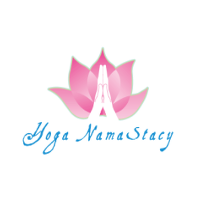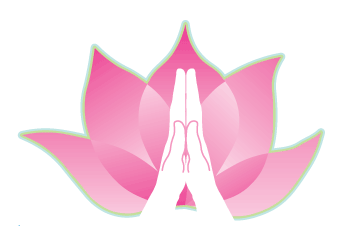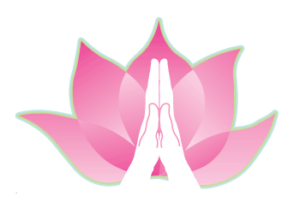Yoga Is For Every Body
How to create All-Levels Yoga Classes that offer an inclusive practice environment, so that the beginner feels safe and the advanced student feels challenged… the secret is mastering Yoga Progressions & Regressions.
In my time as a yoga practitioner and teacher, one thing I’ve noticed is this… that no yoga class is attended by an exclusive type of “Yogi”. There is no such thing as One Practice Fits All, or one body type that comes to practice. Physical ability, knowledge of the practice, and style of training differ person to person– and it’s likely that if you’re teaching today, you’re getting students of all different levels attending your classes.
So, as yoga teachers, how can we make ourselves available to each student that joins us?
In my experience, it’s been learning how to master the progressions and regressions of each pose. In doing so, I’ve been able to meet the needs of “all-level” Vinyasa classes, while maintaining the pace and rhythm of the class-flow.
Everyone gets what they need, and the room becomes an inclusive place for practice.
Seems easy enough… but how do we teach progressions and regressions throughout class, without “disrupting the flow” of practice?
Here are a few key notes that have helped me to do just this:
- In class, I always demonstrate two to three variations of a posture. It is an effective way to meet the needs of all levels in attendance- beginning students will usually stick with the more simple variation, while advanced students will be instructed to enter more complex poses safely, from the foundation.
- During pre-class announcements, communicate that because there are various levels in the class, each student should be mindful of one’s own body and to choose a level that fits one’s current physical ability. There is no “right” or “wrong” expression of the pose- only “safe” or “unsafe” for each body. Encourage students to make use of props to support their practice (blocks to provide greater stability in balance poses, straps to extend the reach of arms in forward folds, etc.).
- Encourage students to find & apply for themselves Sthira Sukham Asanam (Sutra 2:46), or a balance steadiness and comfort in each pose. Pushing past edges is imperative to growth, but we don’t want to do so in a way that damages the body or mind. Move in a way that promotes staying clear, conscious and compassionate about what is happening physically- and on every level of your being.
The following is an example of a safe and effective way to teach the progression of a posture:
Garudasana (Eagle Pose)
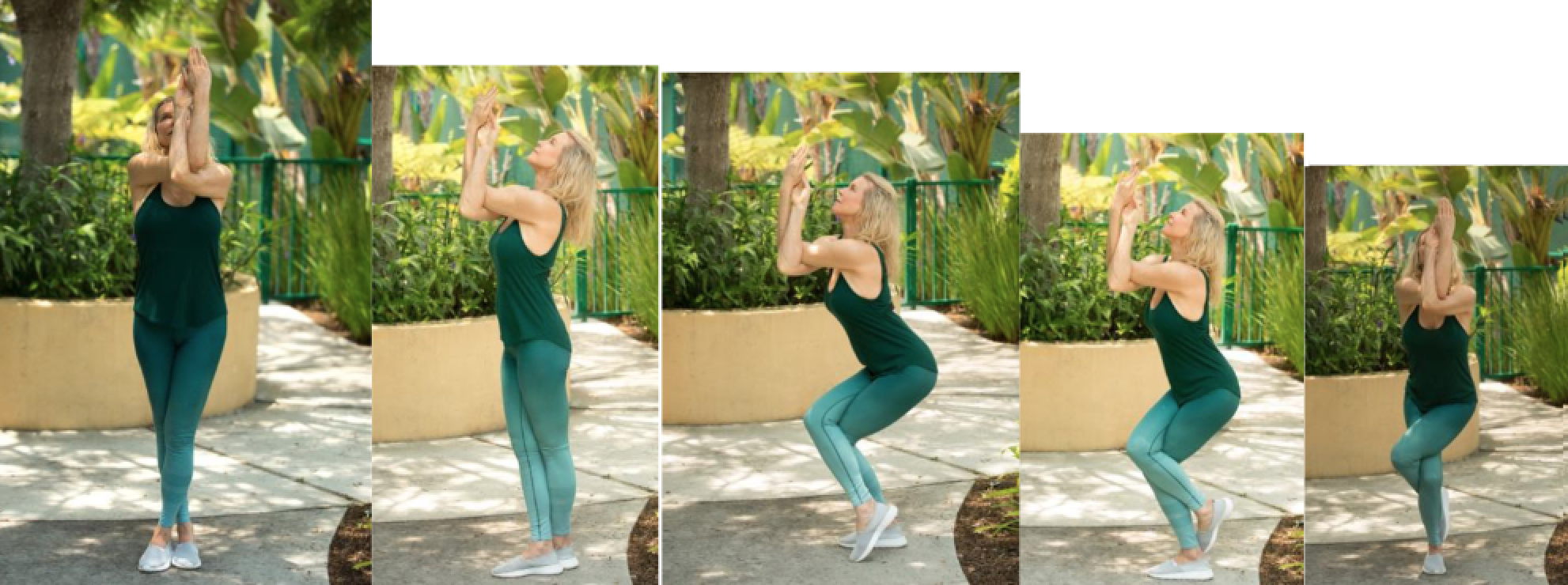
Notice that the posture moves from its most simple variation, to most complex. Even if the student chooses to take the most complex variation, have them move progressively through the steps, so that they better understand the basic mechanics and foundation of the pose.
Step One: Stand with feet crossed, side by side. The opposite arm of the “top leg” will cross underneath. If students have tight shoulders, and the forearm bind is not accessible, have them hold around the outer shoulders and draw the elbows away from the heart.
Step Two: Press into the feet firmly so the legs feel a gentle “squeezing” action, lift from the pelvic floor and lengthen the spine. Focus the Gaze toward the thumbs, as you spread across the collar bones and hug in the frontal rib cage.
Step Three: Should you choose to balance on one leg, come to a cross legged “sitting” position. First the foot can act as a kickstand on the opposite side. Perhaps the outer foot can make contact with the base leg’s outer calf. Be mindful of the base knee- it shouldn’t wobble to either side.
Step Four: If you’re able to balance here with ease, and your mobility allows, try the full bind of the foot behind the calf of the base leg. The same actions as in Step Two should still apply!
If anywhere along the line of progression you feel any pain, severe discomfort in body, challenge maintaining breath or balance, simply regress back to a more foundational variation of the pose… and as always, remember to breathe.
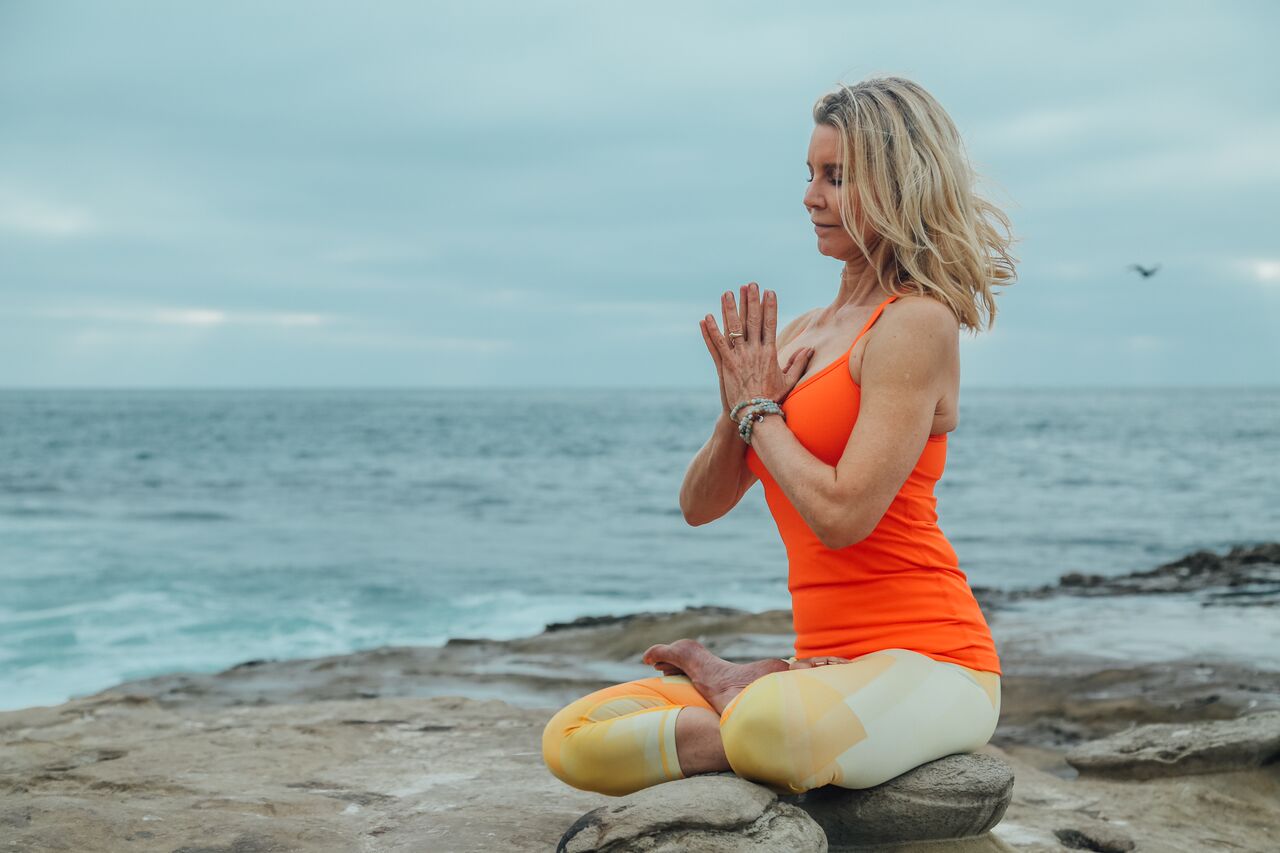
And Remember! Progressions in practice don’t necessarily have to do with how deep you can get into a posture, or whether or not you can stick a handstand, or sit in padmasana (lotus pose). The physical practice of yoga is about challenging our minds and thoughts, so that we may better understand what is going on mentally and spiritually. The body is doorway to our deeper selves, and when we learn to listen to the body, we will make progress naturally.
With Love,
Stacy McCarthy
@YogaNamaStacy
